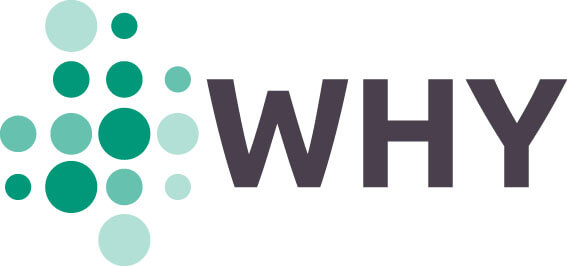
Energy System Models (ESMs) are tools that help energy experts and policymakers to rationally describe energy systems and systematically evaluate the impacts of long-term energy scenarios. Current ESMs lack accuracy required for proper capture of the use of energy in households. One of the intrinsic difficulties is that energy demand in the residential sector is influenced by a myriad of factors (like the high diversity of dwellings, socio-economic conditions of the social/family units, and behavioral-related consumption patterns) that cannot easily be accounted for in traditional ESMs.
WHY develops a new Causal Model combined with an innovative profiling approach to analyse human decision-making in energy consumption and their reactions to interventions (e.g. policy changes). WHY will create innovative methodologies for short and long-term load forecasting. The WHY toolkit will be used to assess several scenarios simulating different policy measures. All results will be open-sourced to maximize uptake, and be widely disseminated to diverse target audiences. WHY will therefore contribute to a holistic understanding of household energy consumption and improved demand modelling.

EERAdata aims to accelerate the implementation of the “Energy Efficiency first” principle across Europe by supporting policy-makers to effectively assess the impacts of Energy Efficiency (EE) investments, with an initial focus on investments in buildings, in order to achieve a highly energy efficient and decarbonised building stock.
EERAdata brings together researchers, energy agencies and municipalities from 6 EU countries who will collaborate for two and a half years to inform investment decisions and improve energy efficiency in buildings.
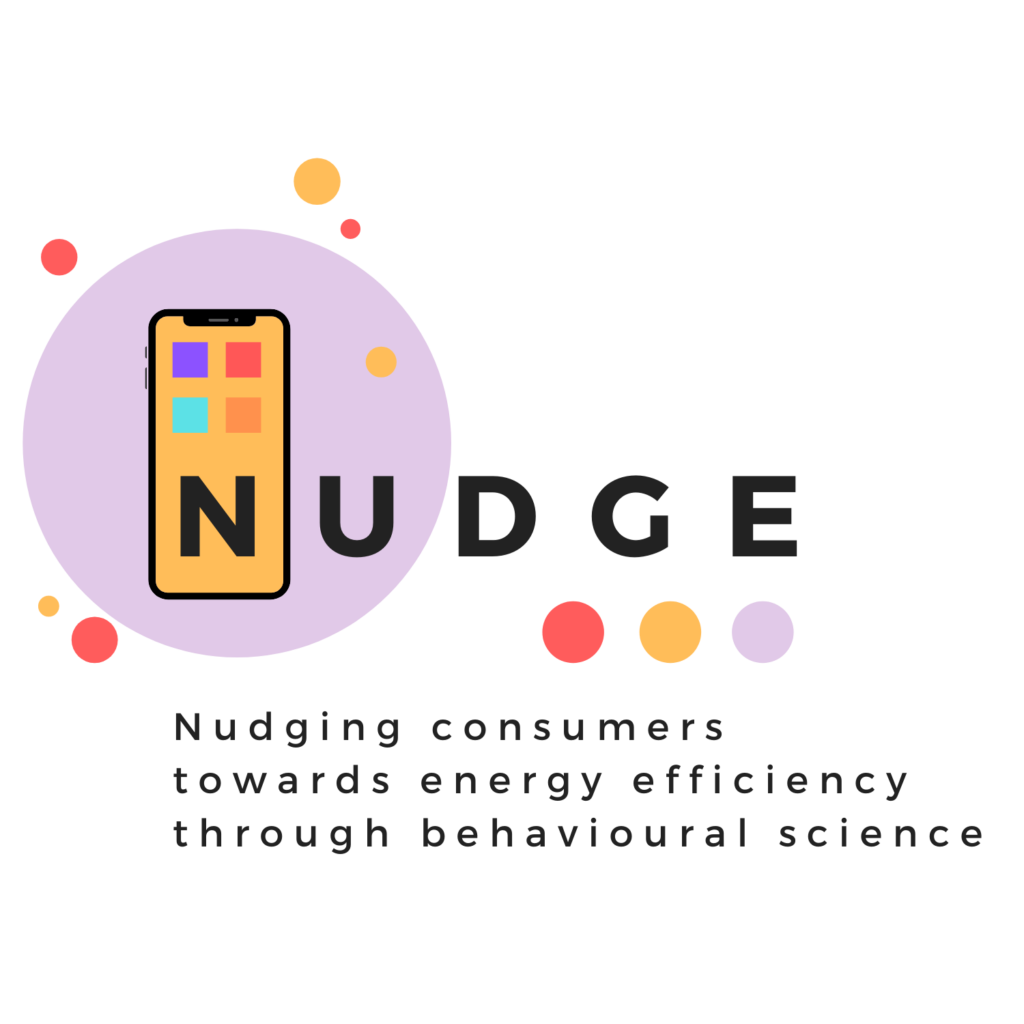
NUDGE aims to systematically assess and unleash the potential of behavioral interventions towards achieving higher energy efficiency; and to pave the way to the generalized use of behavioural interventions as a worthy addition to the policy-making toolbox.
The NUDGE consortium has identified the aforementioned application gap as an opportunity that defines the main project aim: NUDGE aspires to systematically assess and fully unleash the potential of behavioural interventions towards achieving higher energy efficiency, paving the way to the generalized use of such interventions as a worthy addition to the policy-making toolbox. More specifically, NUDGE key objectives are:
- Tailor the design of behavioural interventions to individual psychological and contextual variables, by leveraging digital platforms and data analytics. Humans neither think nor take decisions in the same way. They do not share identical attitudes, expectations, goals and preferences, either. Hence, it is meaningful to account for this differentiation also in the way they are addressed by behavioural interventions. The goal of NUDGE is to tailor the interventions, behavioural or not, to users and seek to identify those that could have the highest behaviour-changing impact on them.
- Execute extensive field trials that address multiple instances of consumer behaviour, implementing different mixes of behaviour-based and traditional interventions. NUDGE devotes significant effort on testing the designed interventions in real conditions, through different field trials.
- Develop a systematic research protocol to continuously measure the impact of the implemented behavioural interventions. An instrument to assess the impact of behavioural change interventions across pilot sites, consisting of a) a general cross-pilot evaluation, supplemented by b) a specific evaluation applicable to each specific pilot site, sensitive to local contextual factors.
- Consolidate the findings of pilots into recommendations towards policymakers and relevant stakeholders. The scope of the term policies here is deliberately broader and applicable in main domains, beyond the usual public policy-making domain, e.g., a marketing policy by an NGO targeting the energy consumers, the pricing or communication policy of a DSO towards its customers, or the user interface design policies.
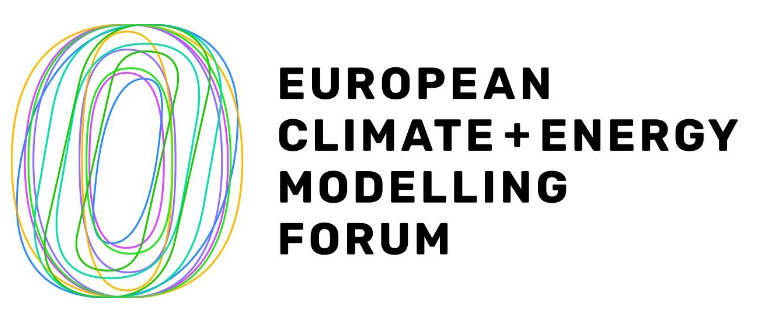
ECEMF is a Horizon 2020 funded project. The aim of the project is to establish a European forum to bring together energy and climate researchers and policy makers to tackle the key challenge of our time – how to achieve climate neutrality.
ECEMF’s programme of events and novel IT-based communications channel will enable researchers to identify and co-develop the most pressing policy-relevant research questions with a range of stakeholders to meet ambitious European energy and climate policy goals, in particular the European Green Deal and the transformation to a climate neutral society.
Answers will be provided by the first inclusive and open full-scale model comparison exercise on achieving climate neutrality in Europe, including from the outset over 20 models and 15 top research groups, to produce a coherent and relevant evidence-base for energy and climate policy impact assessment.
This loop of knowledge co-production stands on two pillars.
- ECEMF will advance the state-of-the-art of energy and climate modelling by enabling sharing of: input data using open standards, methods for model comparison building on the vast experience of the consortium, scientific software tools such as the IIASA scenario explorer and hands-on training for researchers.
- ECEMF will be established as a long-term, open and welcoming European focal-point for researchers and policy makers with unparalleled international connections to the EMF, JMIP, IAMC and IPCC. Through extensive links to ongoing H2020 projects, research and policy communities & networks ECEMF will reduce fragmentation of the European energy and climate research landscape.
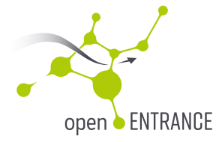
openENTRANCE (open ENergy TRansition ANalyses for a low-Carbon Economy) aims at developing, using and disseminating an open, transparent and integrated modelling platform for assessing low-carbon transition pathways in Europe.
The openENTRANCE modelling platform will shed light on the implications and economic costs associated to the different energy pathways that Europe could take towards its climate goals. With this scientific basis, openENTRANCE aims at helping social, economic and political actors in a better decision making.
openENTRANCE is developing an open-source modelling platform that will:
- Allow carrying out scientific calculations and assessments for different future options of a low-carbon Europe.
- Link and integrate macro-economic and energy system models, and provide economic (e.g. GDP, employment) and human behavioural data (e.g. energy consumption habits) relevant for the energy transition to be used in modelling analyses.
- Support stakeholders to determine macro-economic consequences of the energy transition and identify the best ways to transition to a ‘low-carbon’ economy.
- Be openly available to use by any interested users, targeting mainly researchers and modellers.
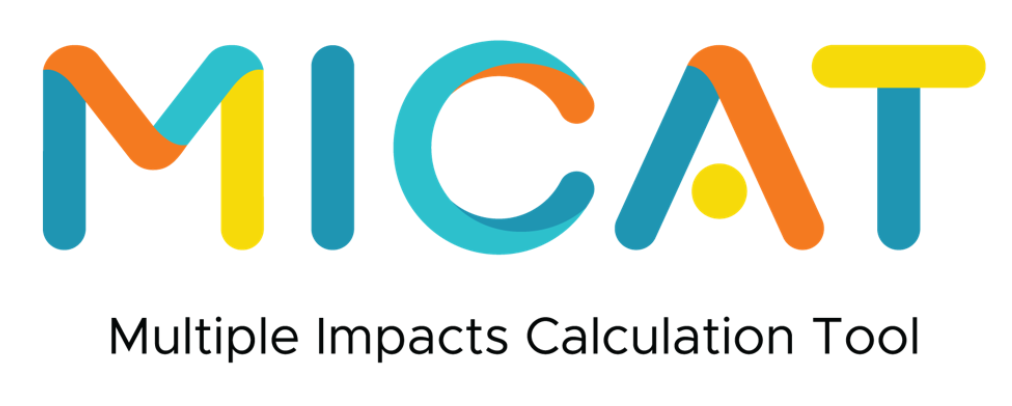
MICAT – Multiple Impacts Calculation Tool – is a project that aims to develop a comprehensive approach to estimate Multiple Impacts of Energy Efficiency (MI-EE) by co-creating a free, easy-to-use, scientifically sound online tool (MICATool). The MICATool will enable holistic analyses of MI-EE at the European, national and local level to strengthen the climate strategy of the Energy Union and accelerate an affordable and just, sustainable energy transition by addressing the challenges and needs of important target groups: policy makers, practitioners and evaluators.
The MICATool would enable policy-makers and practitioners to conduct simplified analyses for different data and policy scenarios, in order to compare and assess the relevance of the multiple impacts, and strengthen reporting and monitoring at the three governance levels (e.g. under the reporting on target progress at EU level; for Integrated National Energy and Climate Plans NECP or other reporting requirements at national levels as well as local reporting on energy efficiency within Sustainable Energy and Climate Action Plans (SECAPs).

The SENTINEL project is aligned with the Energy Union strategy and the EU’s commitment under the Paris Agreement, which implies the necessity of accelerating the energy transition, ultimately leading to the complete elimination of energy sector greenhouse gas emissions. At the core of the funding call is the recognition that accelerating this transition requires us to develop a new set of energy modelling tools, able to represent and analyse the drivers and barriers to complete decarbonisation, including decentralisation, a large-scale expansion of fluctuating renewable power leading to a vastly increased need for system-side flexibility, sector-coupling including the electrification of mobility and heating, and the impacts of different market designs on the behaviour of energy sector actors.
We are creating a new modelling framework, which we call the Sustainable Energy Transitions Laboratory (SENTINEL). The SENTINEL framework will be modular in structure incorporating many separate models which will look in detail at specific technological, geographic, and societal aspects of the transition to a low-carbon energy system. The models will be able to be linked together to answer a wide range of different questions. For a given user in a given situation, only a subset of the models are likely to be needed, and this will make it a manageable task to understand how those particular models operate.
The models in the framework can be accessed via the models section of this online platform. The platform will also make available the model source code and data on which the models rely, together with supporting documentation and guidance. This will achieve complete transparency, and also enable other models to be added to the SENTINEL framework and online platform over time.

